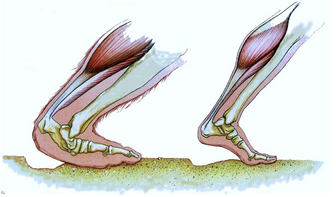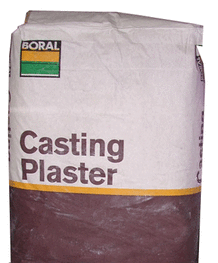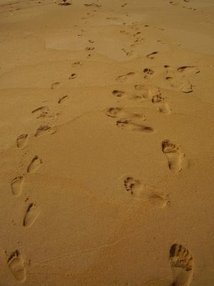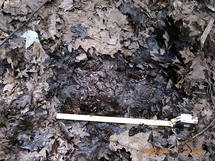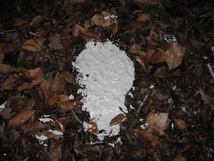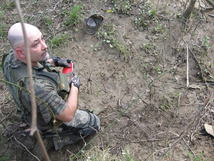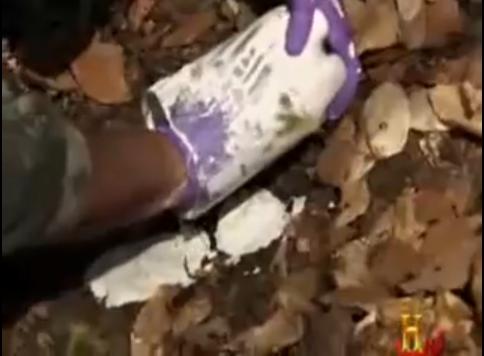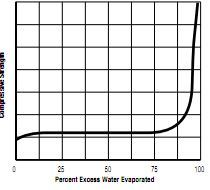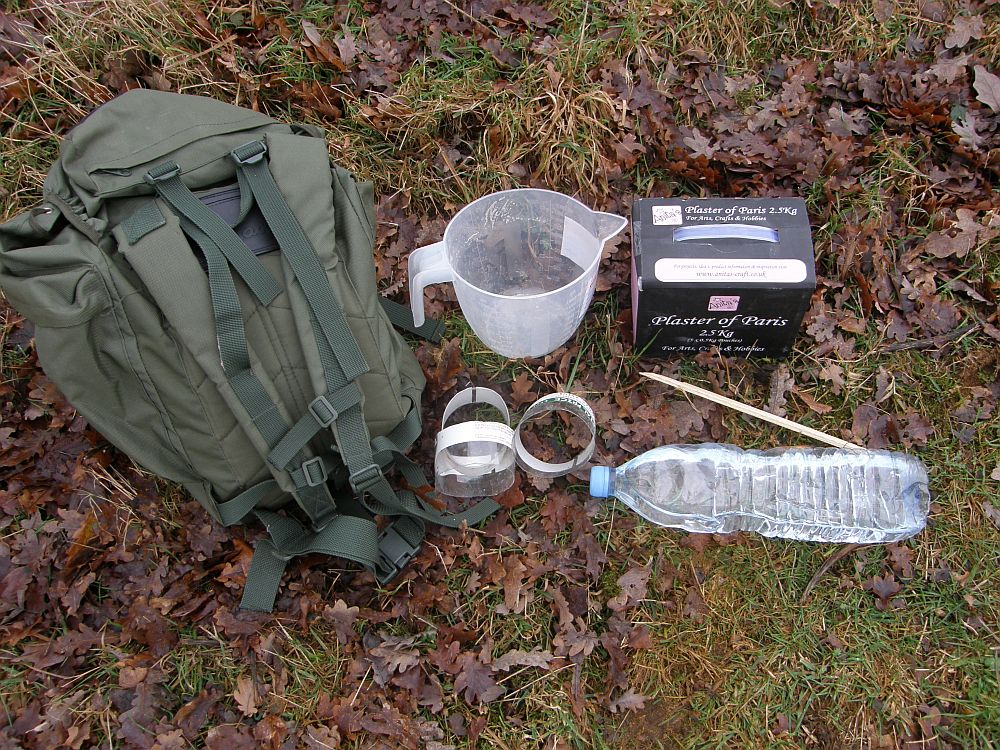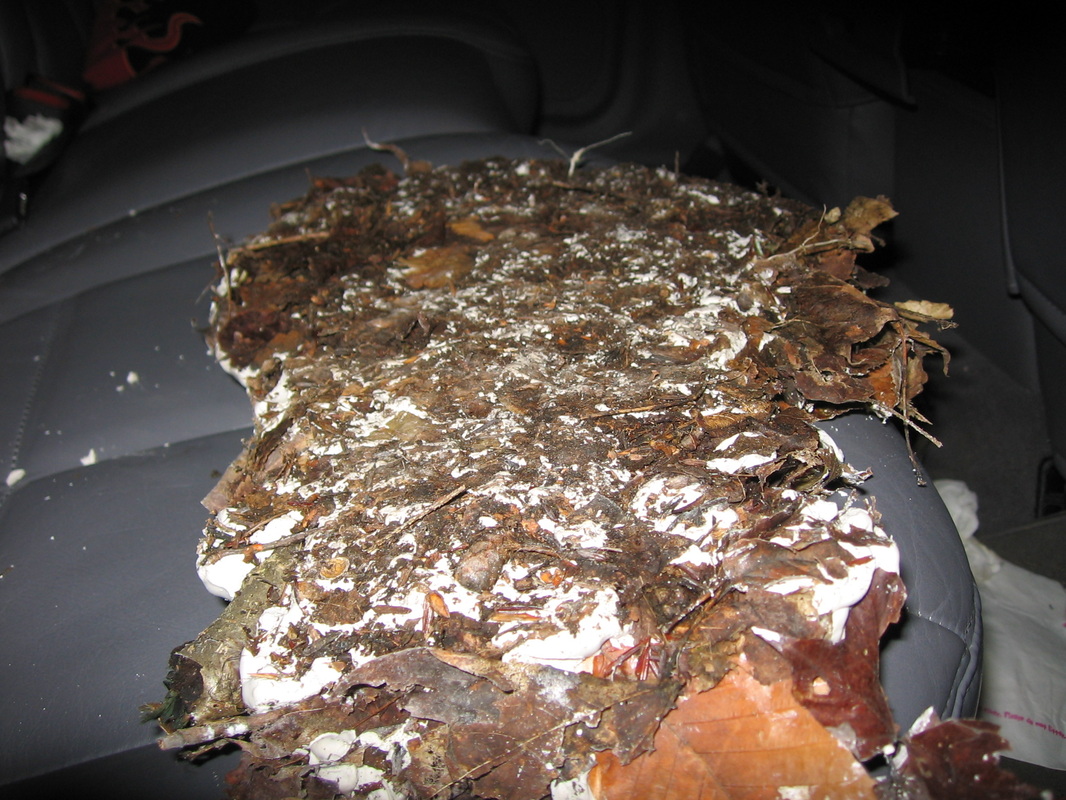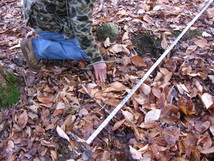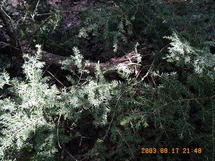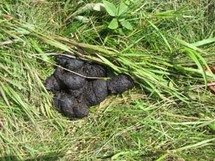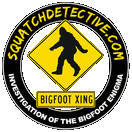Track Casting
Characteristics of a Sasquatch Print
When should a track be cast?
When a casting shouldn't be made
Casting methodologyThese tips are designed to assist in the casting of impressions in soft material like soil, mud, or even snow. This information is a set of guidelines and accepted practices derived from the law enforcement community.
Writing in the casting material will ensure that the information will remain intact. After marking the cast, allow it to dry until it is hard to the touch, and a blade will not readily pierce or mar it. Carefully take a shovel or other digging tool and go in a circle around the whole print. If you use a shovel, sink the blade to its entire depth in a circle around the print at a distance of no closer then about six inches. When your circle is complete, lift the print with the blade, carefully prying up. As soon as you can lift the cast by hand, do so. Knock the loose dirt off of it, and allow the print to dry for a day or two. At that time, you can use some running water to clean the cast completely. |

